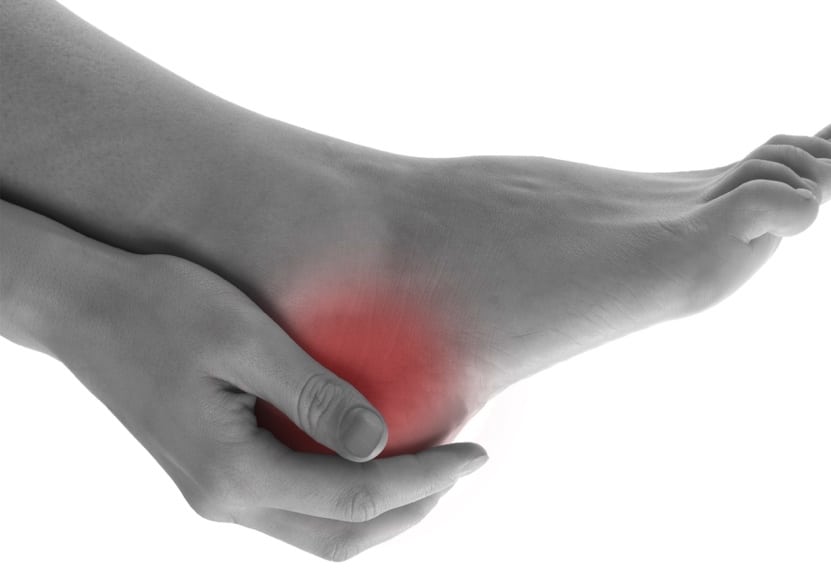Joint Pain
Contact one of our clinics to book an appointmentOur experienced team of therapists offer treatment for the Spine “plus” all other muscle and joint problems, so whether you are suffering from a shoulder problem, hip, knee or foot pain, we have the experience and expertise to help you with a range of common complaints such as:
- TMJ (Temporo-Mandibular) / Jaw joint pain
- Shoulder Pain Treatment (Impingement, rotator cuff disorders, tendinitis, bursitis, frozen shoulder)
- Treatment for Wrist & Elbow Pain (Tennis Elbow, Golfers Elbow)
- Treatment for Hip Pain (Adductor Tendinopathy, Groin Strain, Femoral Acetabular Impingement, buttock pain, Glute pain, help and advice for hip arthritis, Trochanteric Bursitis)
- Knee Pain (Cartilage damage, patella formal pain, knee arthritis
- Foot and Ankle Pain
TMJ (Temporo-Mandibular) / Jaw Joint Pain Treatment
The jaw joint is located just in front of the ear, the joint itself can be a source of pain if the joint becomes degenerate or if the articular disc within the joint or the muscles acting on the disc become degenerate. This is often associate with tension in the biting muscles (masseter and temporalis) which can also be a source of tension headaches. If there is an imbalance between these biting muscles and the muscles which open the jaw (such as the lateral ptergoid muscle) this can affect the proper gliding mechanism of the articular disc, this may cause pain as well as a clicking jaw. Whilst it is important to address and bad habit such as grinding ones teeth as night (a special night splint may be required from a dentist) these muscles and the jaw joint itself are very amenable specialised manual therapy techniques we provide at our clinics such as dry needling and (intra-oral) massage.
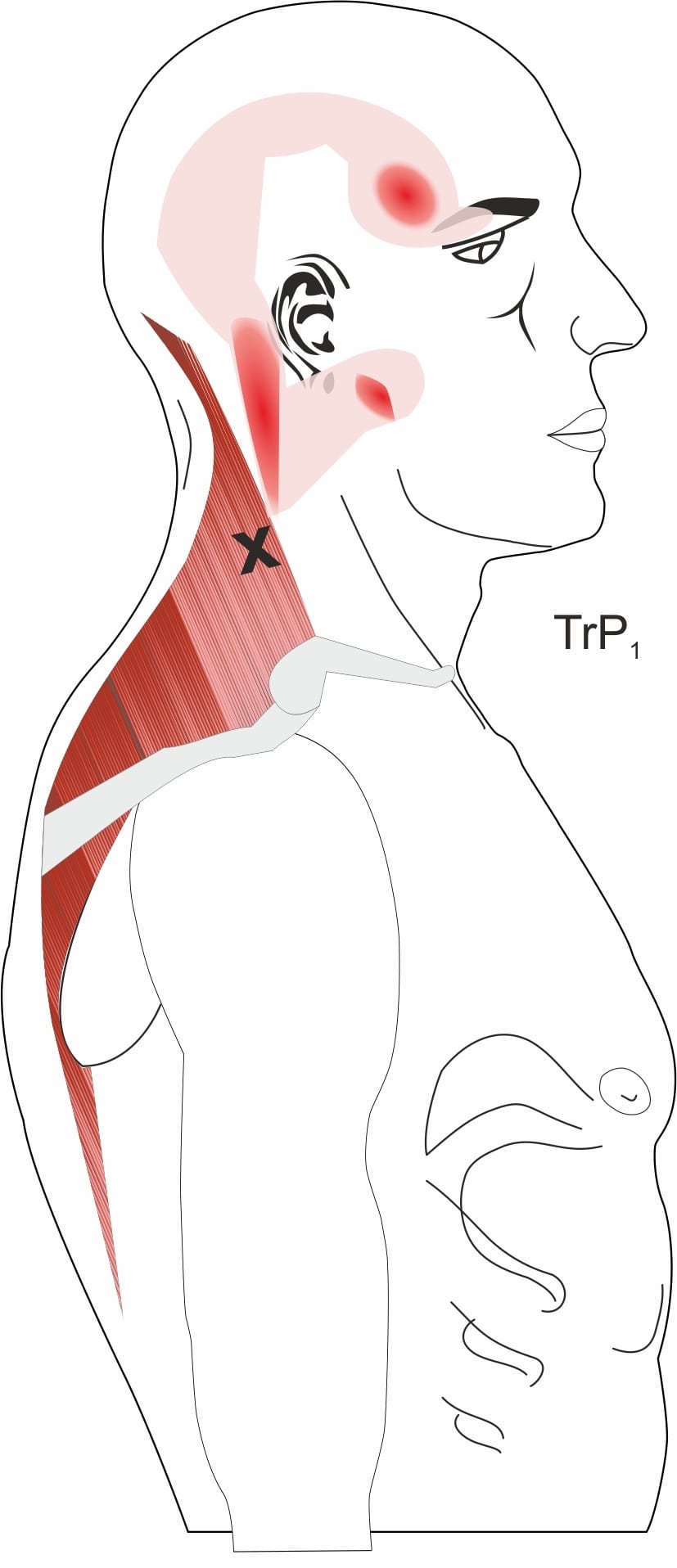
Shoulder Pain Treatment (Impingement, rotator cuff disorders, tendinitis, bursitis, frozen shoulder, post operative therapy)
Multiple tissues can cause pain in or around the shoulder joint, these include the articular surfaces of the joint (cartilage), the capsule, bursa, tendons and muscles (rotator cuff), we call this the “pain generator” or “tissue causing symptoms”. Successful treatment is determined by identifying the precise pain generator as well as the factors that have led to the damaged tissues (we call these the “predisposing and maintain factors”). For example, the supraspinatus tendon (one of the rotator cuff muscles) can become inflamed (tendonitis) due to a rounded shoulder posture (termed “forward rotation of the scapula) AND due to superior gliding of the upper arm bone when raising the upwards caused by imbalance and weakness in the other muscles rotator cuff muscles of the shoulder (subscapularis, infraspinatus, teres minor). Therefore, in this example treatment should ideally consist of modalities to soothe the pain from the supraspinatus tendon as well as techniques and advice the improve shoulder blade posture and muscle balance.
As well as offer initial consultations (including initial treatment) for shoulder pain sufferers we also offer post operative care for patients who have undergone surgery and require therapy and exercises advice as part of their rehabilitation. Also see our specially designed range of shoulder supports, SHOP HERE.
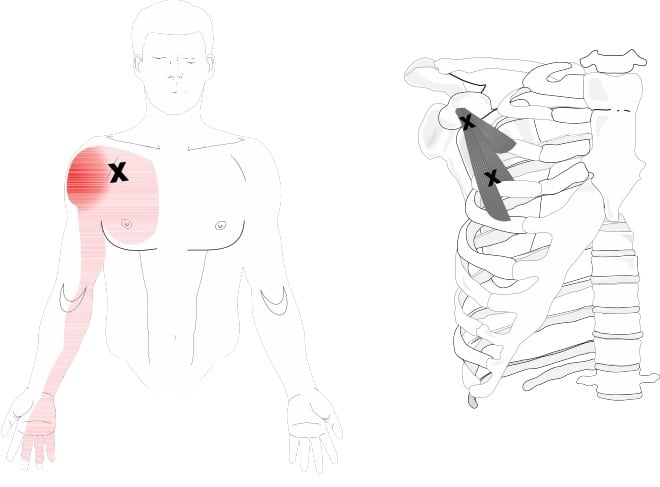
Treatment for Wrist & Elbow Pain (Tennis Elbow, Golfers Elbow)
The tendons and muscles of the forearm are prone to over-use injuries called “tendonitis or epicondylitis”. This commonly happens at the attachment points on the inside (medial epicondyle) or outside of the elbow (lateral epicondyle). The tissues themselves may become inflamed, excessively tight or even torn. This doesn’t just happen in sports people (such as tennis players and golfers) but may happen in anyone who is prone to straining their wrists and forearm muscles, this may include people spending lots of time typing on a computer (Repetitive Strain Injury) or working out in the gym. Traditional orthopaedic approaches to these conditions have included steroid injections, whilst steroid injections offer pain relief and may still have their place (if other treatment methods fail), in recent years there has been a swing away from using steroids due to risk of weakening and rupturing the tissues (which would clearly make the problem worse in the long term). The more modern and arguable more regenerative approaches to epicondylitis which we utilise include dry needling, shock wave therapy, deep massage, corrective exercises, prolotherapy and Platelet Rich Plasm Injections (PRP).
Treatment for Hip Pain (Adductor Tendinopathy, Groin Strain, Femoral Acetabular Impingement, buttock pain, Glute pain, help and advice for hip arthritis, Trochanteric Bursitis)
Many people think their hip joint is the bony prominence at the side of their body, near the outer edge of the pocket area of a pair trousers. Strictly speaking this is the bony attachment point for several of the muscles acting on the hip known as the “trochanter”. Pain over the trochanter can be due to inflamed tendons and muscle in the buttock or low back (e.g. QL muscle trigger points, see illustrations below) or bursitis (inflamed pockets of fluid that sit between the tendon(s) and the bone). Commonly this is due to hip muscle imbalances that may be related to the way someone walks and / or associated with low back pain. Treatment can involve massage, shock wave therapy, dry needling or injections to reduced the pain and inflamed tissue backed up by home exercises to strengthen muscle that have become weak and thereby restore muscle balance.
True hip joint pain is usually felt in the groin, near to where the finger tips would be when putting your hand in the font pocket of a pair of trousers, although there may also be referred pain to the buttock muscles and lower back. This may be confused with groin strain from a pulled muscle (Adductor Tendinopathy or gluteal muscle trigger points), however clinical tests such as the “hip quadrant test” and scans (if required) can usually identify the exact cause, whether that be the beginnings of arthritis in the hip joint or pinching and or an associated tear of the hip capsule (e.g. a hip labrum tear associated with Femoral Acetabular Impingement, FAI Syndrome). Once a precise diagnosis has been achieved the most appropriate course of treatment and management can then commence, this may range from manual therapy techniques to referral for surgery.
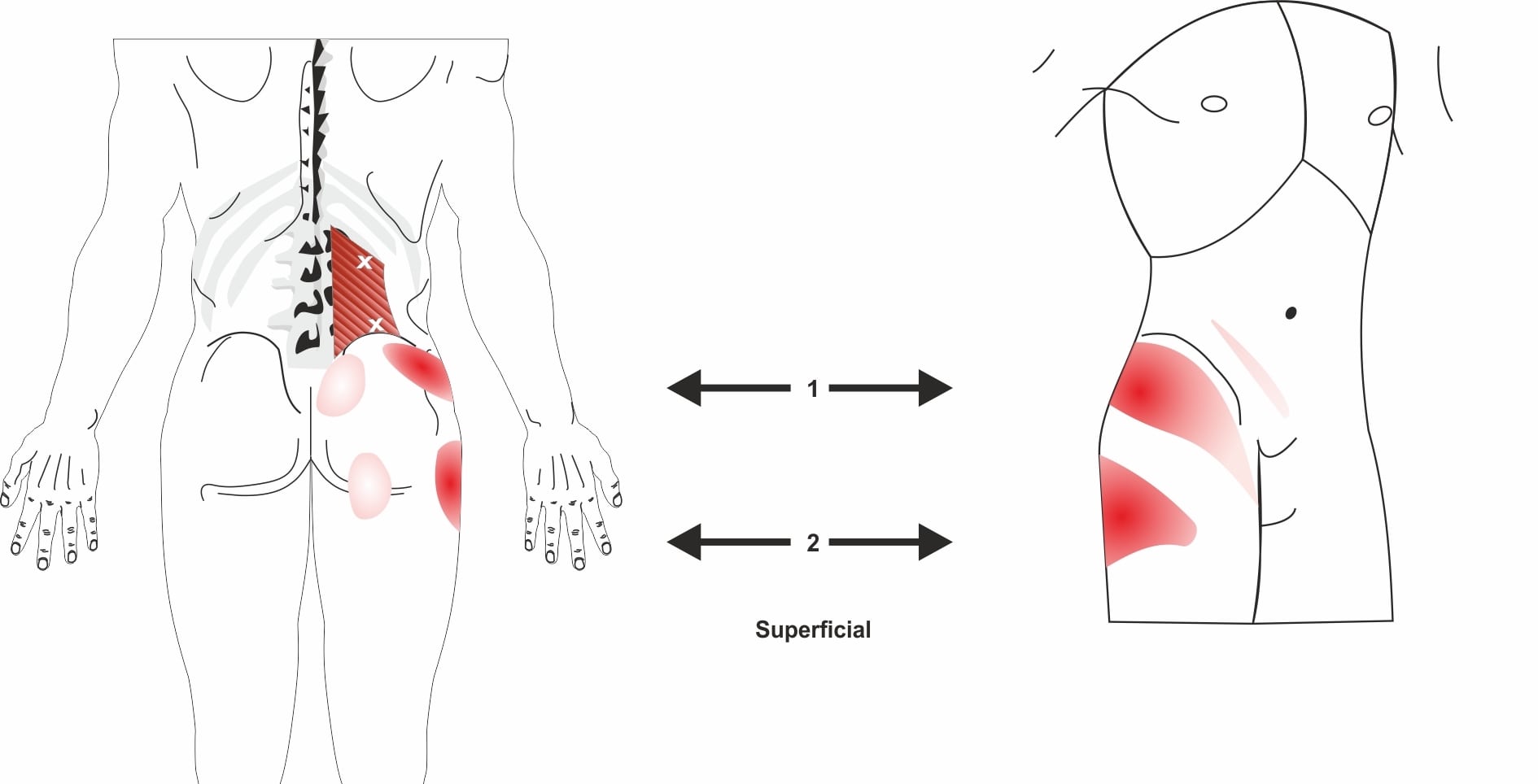
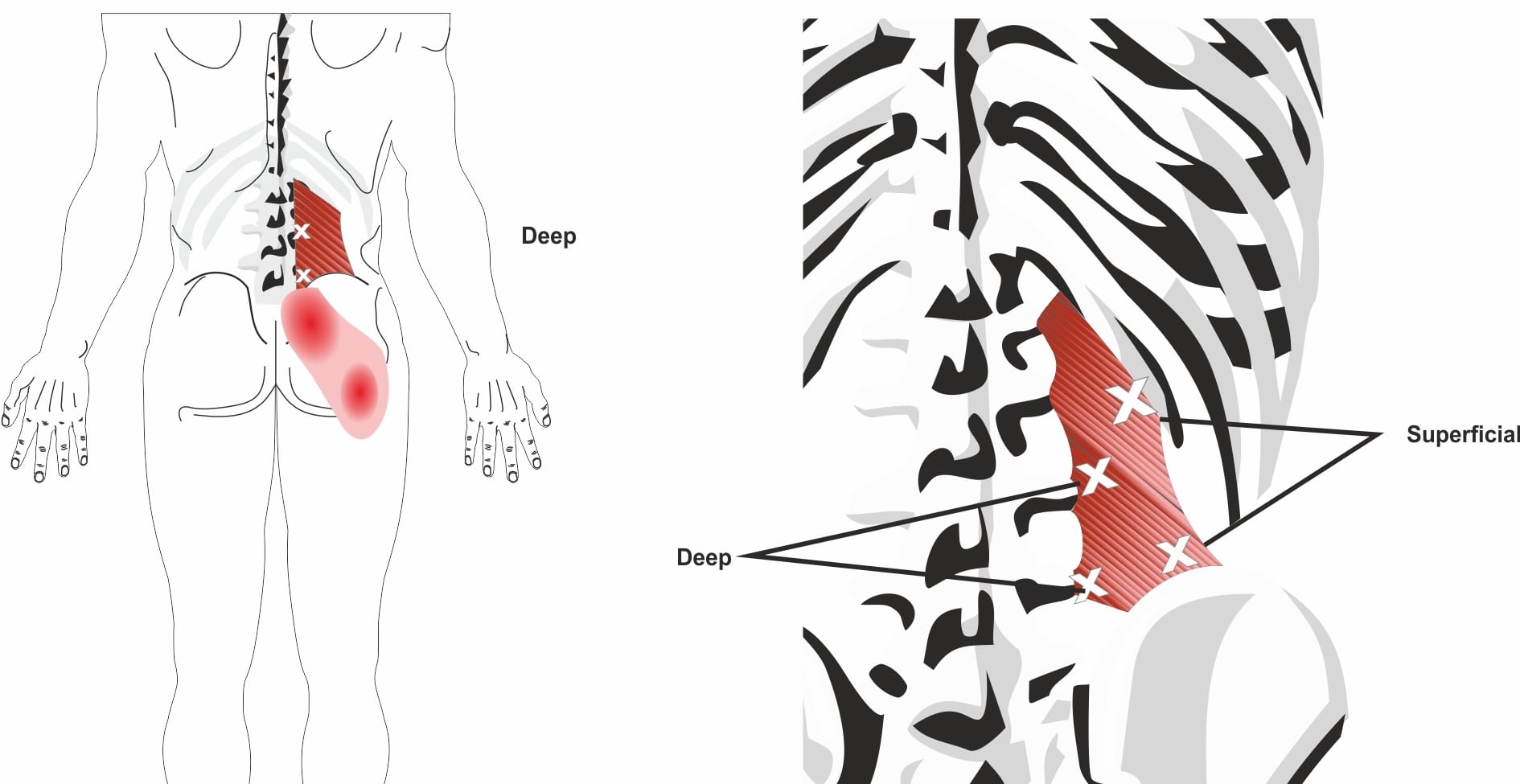
Treatment For Knee Pain (Cartilage damage, patella formal pain, knee arthritis)
There are numerous causes for knee pain. If the problem involves obvious swelling on the knee this is very often associated with cartilage damage (either meniscal cartilage or chondral / articular cartilage damage). Pain that is isolated to the sides of the knee may involves ligament sprains, whereas pain isolated to the front of the knee can involve strain to the main tendon in the knee or the knee cap and it’s underlying cartilage.
The knee joint has a close associated with biomechanics of the foot and hip, so many knee problems can be helped by addressing any failings there as well as localised treatment such at the point of pain which may include acupuncture, ultrasound treatment shockwave therapy or injections.
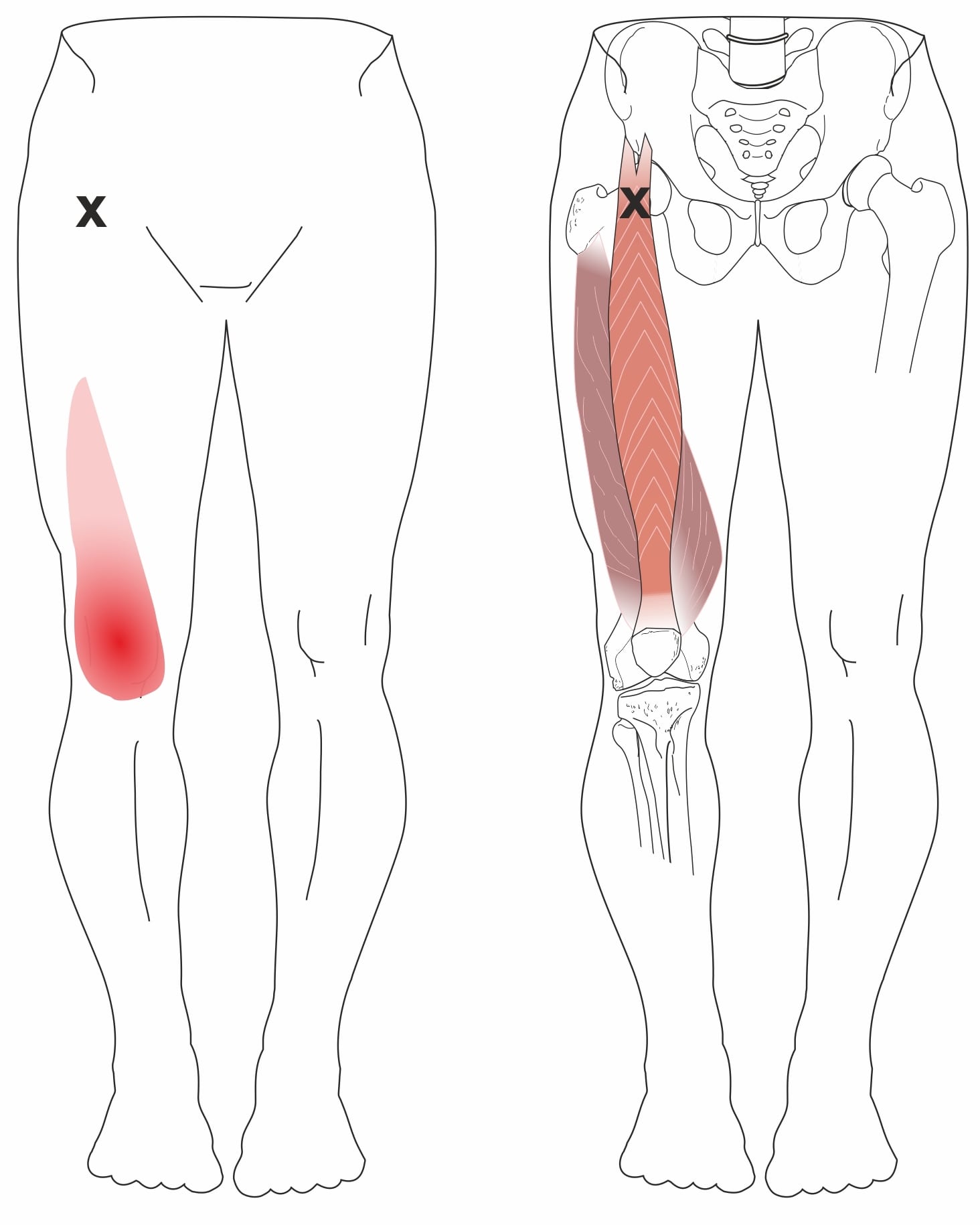
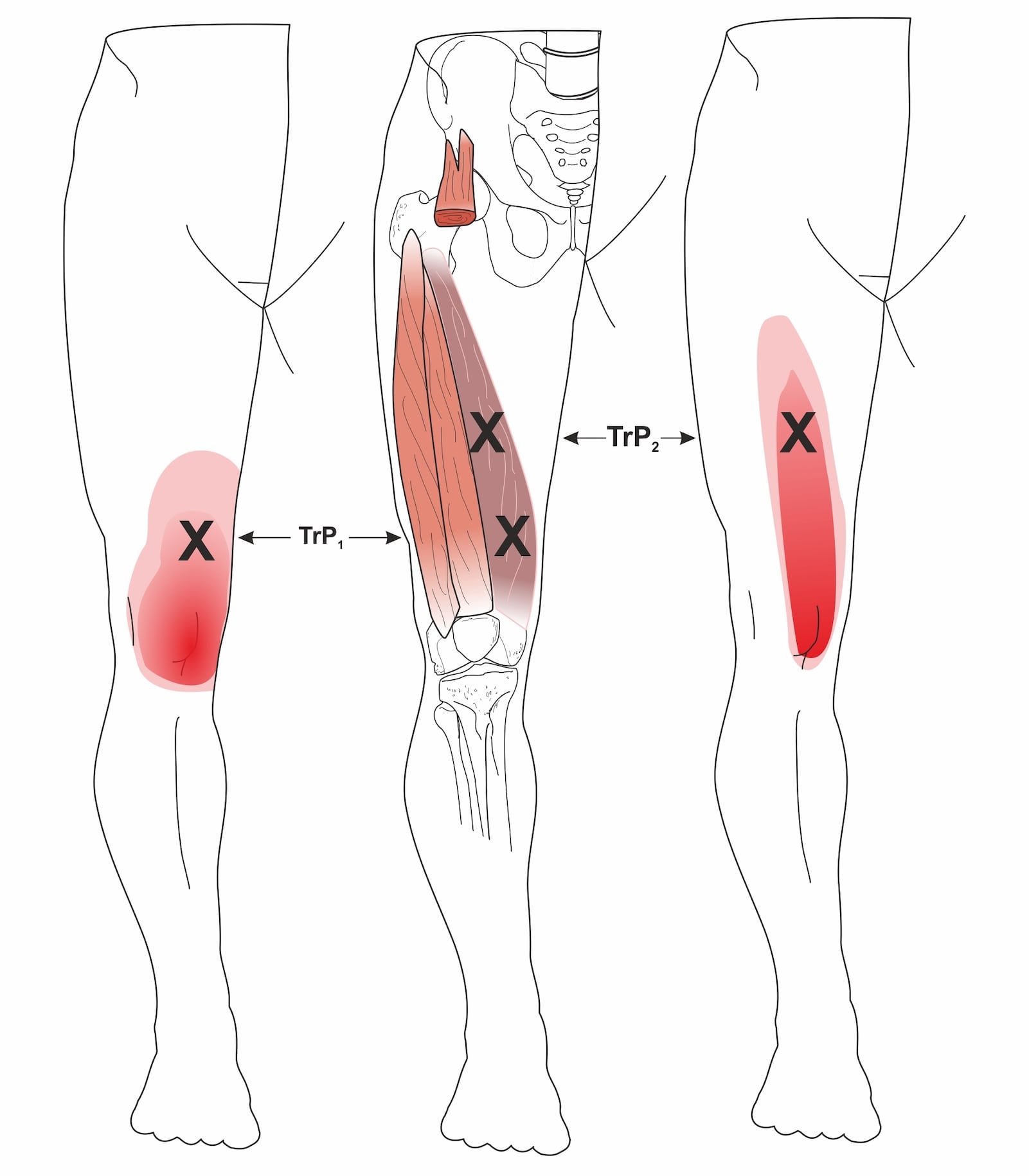
Foot and Ankle Pain Treatment
With 26 individual articulating bones, numerous ligaments, muscle and tendons our feet are an amazingly complex structures and considering they carry the whole weigh of the body, for the most part they are also very robust. However, problems can occur through sport and activity of or just wear and tear. The most obvious traumatic injury is a ligament sprain from a twisted ankle, most of the time such injuries will (eventually) heal themselves but there is much that can be done assist recovery and prevent further injury for example therapeutic ultrasound, taping, massage and advice on exercise rehabilitation. Other common problems we see in clinic include Achilles tendonitis and Plantar Fasciitis.
